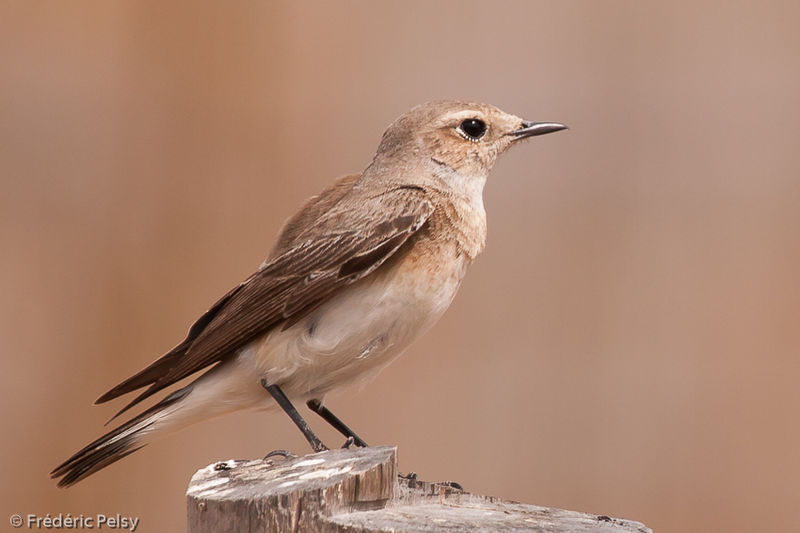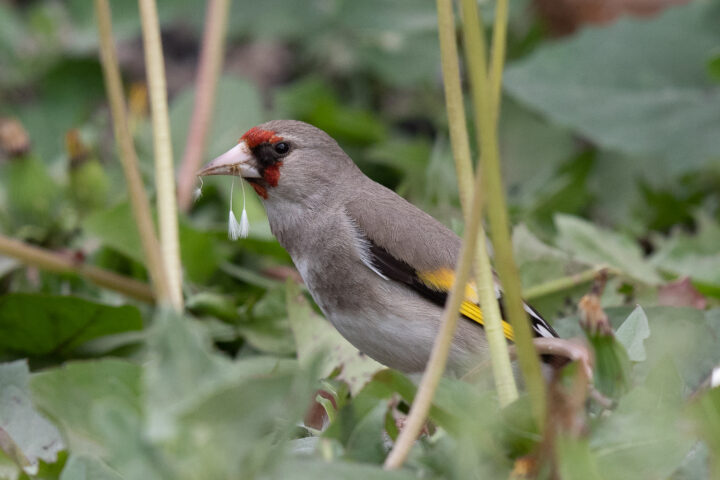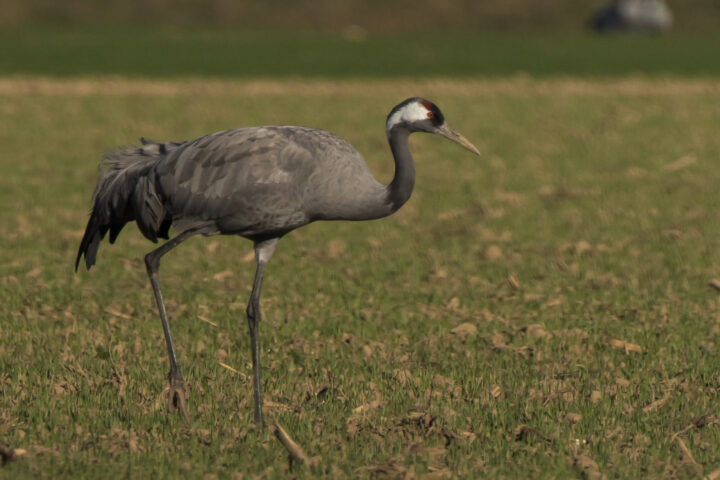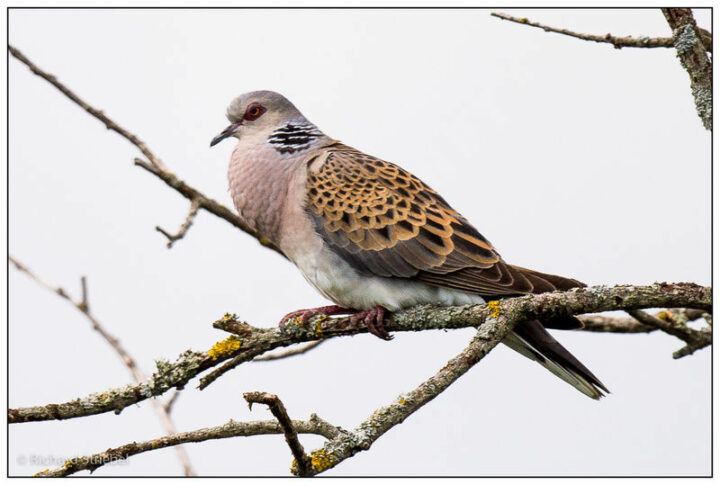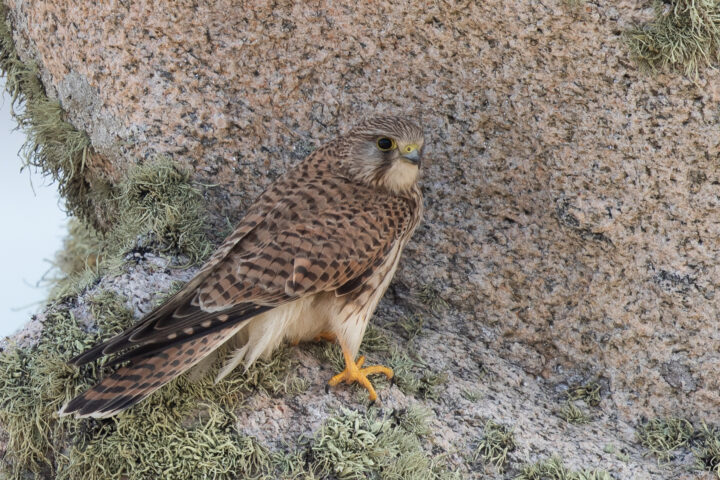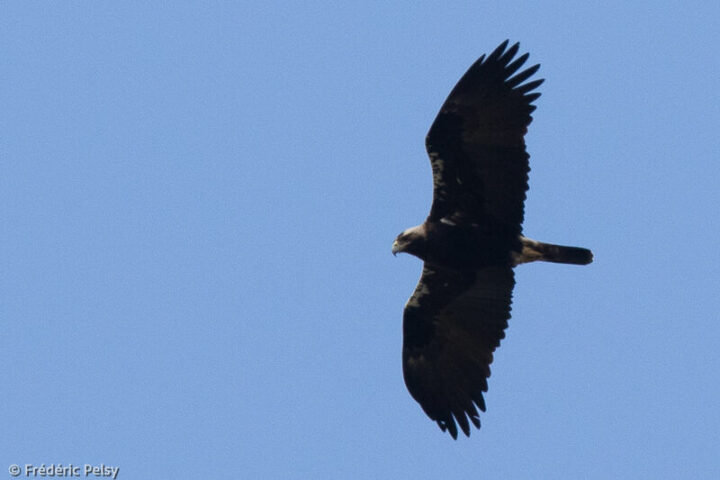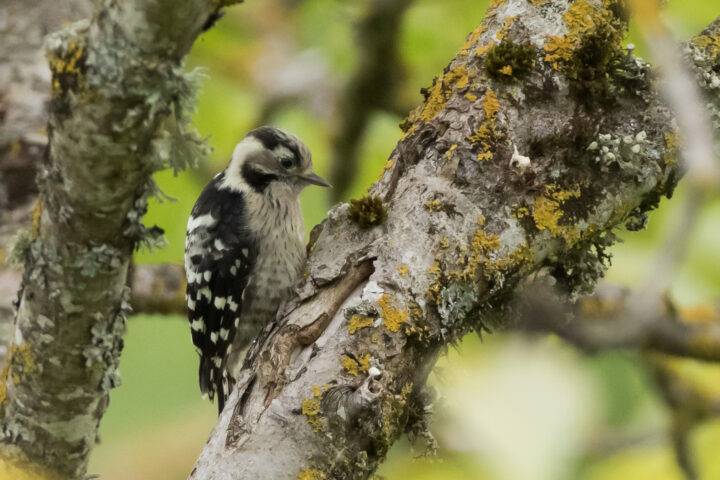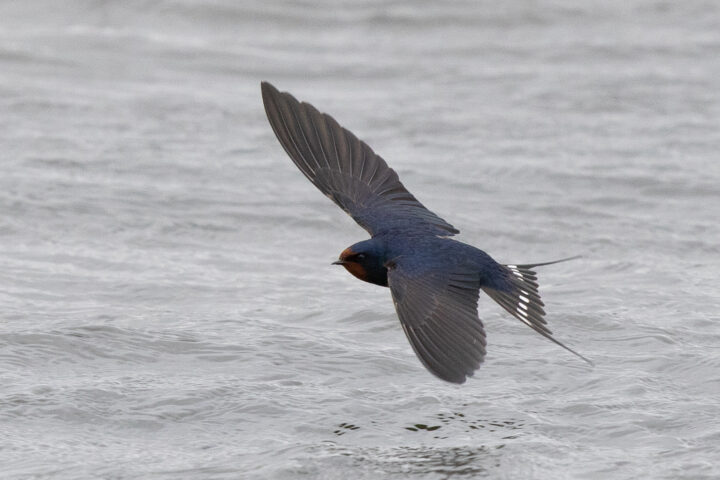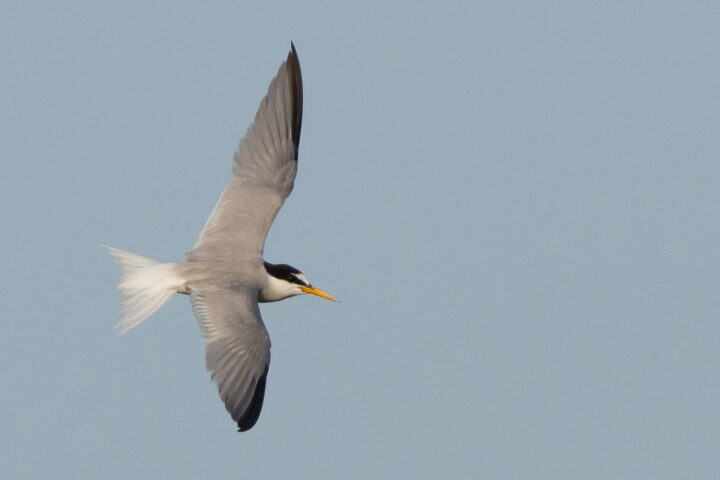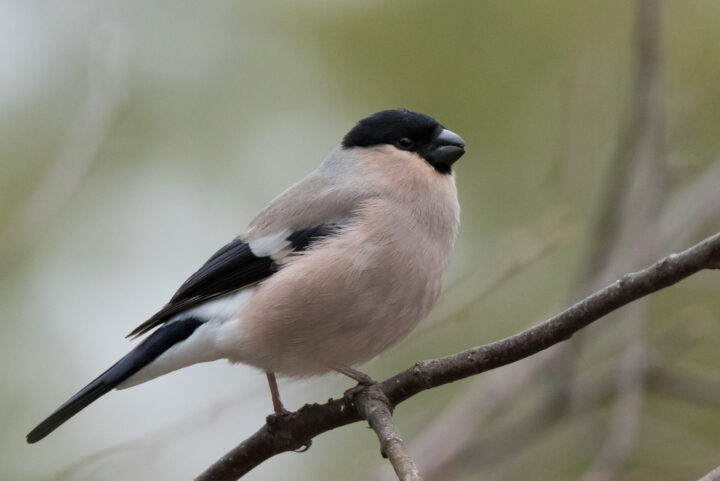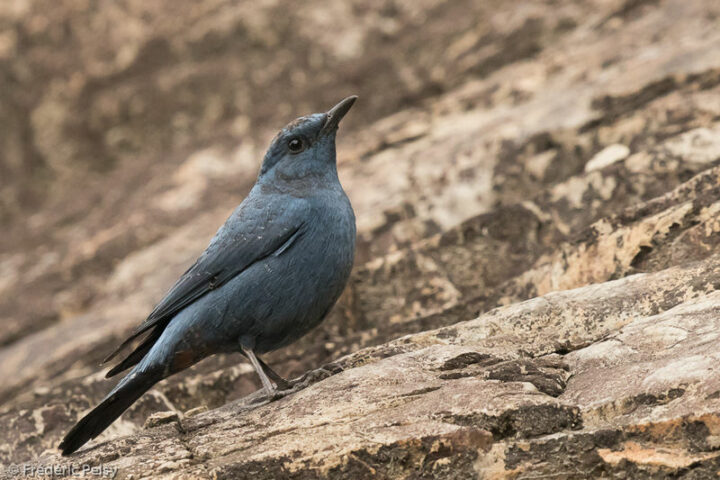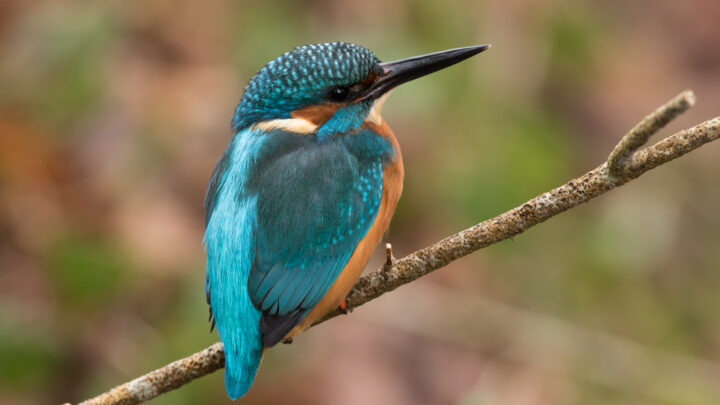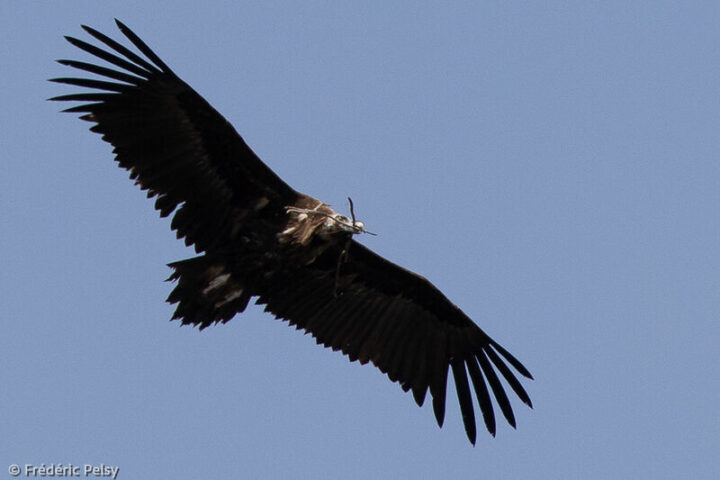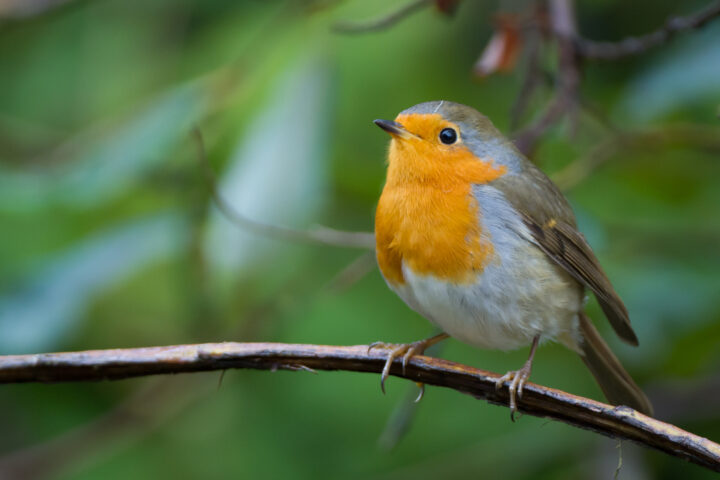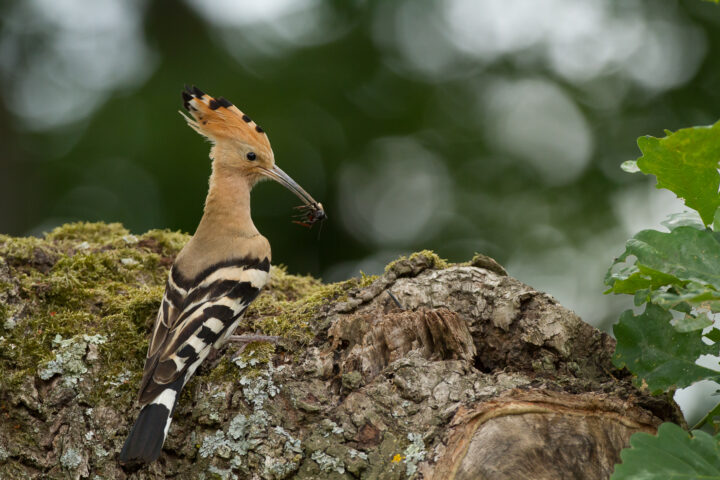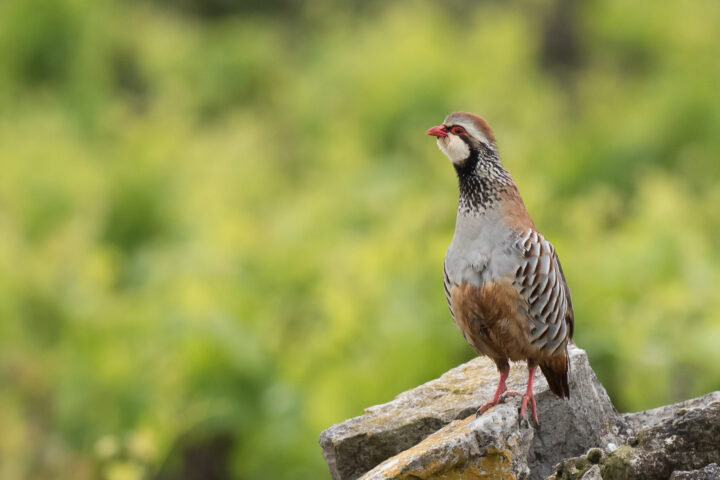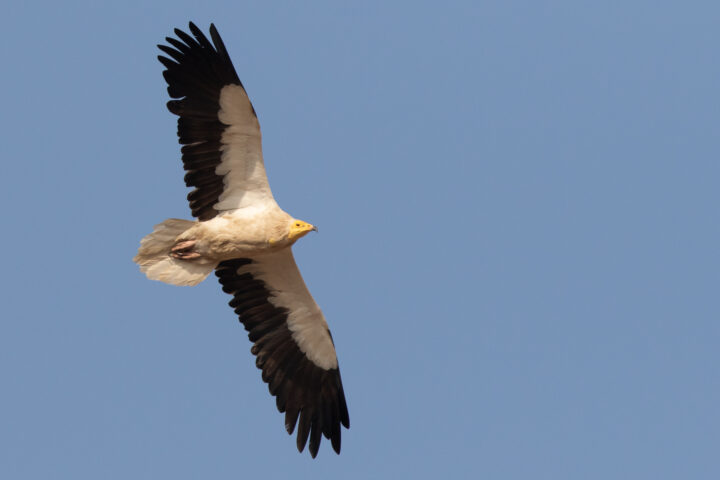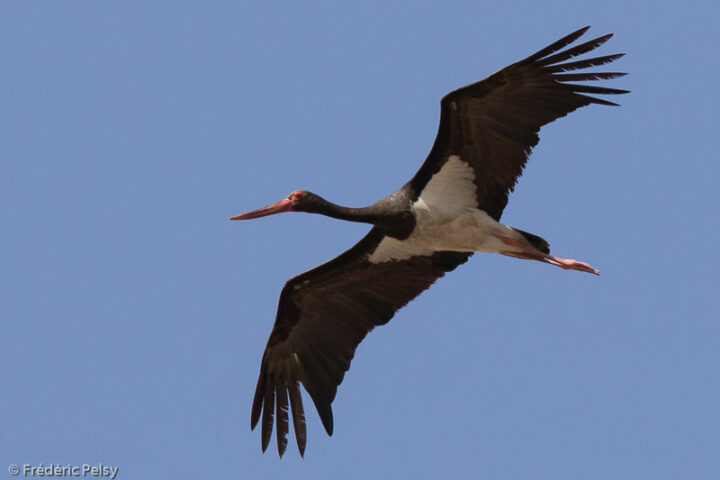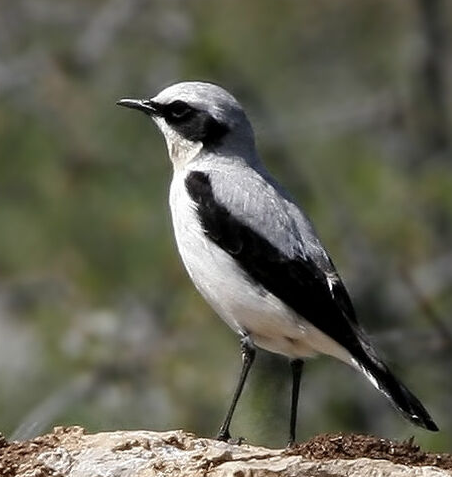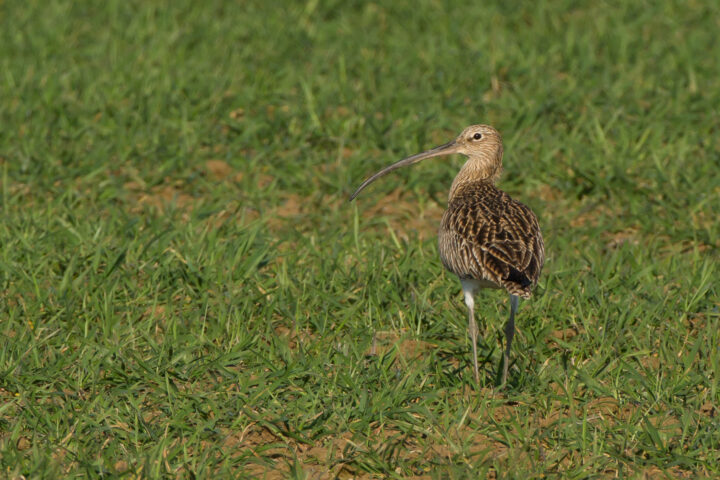Western black-eared wheatear
Oenanthe hispanica
Classification
- Order: Passeriformes
- Family: Muscicapidés
- Genus: Oenanthe
- Species: hispanica
descriptor
- Linnaeus, 1758
biometrics
- Size: 16 cm
- Wingspan: 25 to 27 cm
- Weight: 15 to 22 g
Distribution
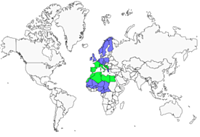
BIRD SONG
Find out more about the bird song
IUCN CONSERVATION STATUS

Share
IDENTIFICATION
Slightly more slender than the Wood Wheatear, with a slightly longer tail, the Eared Wheatear has a rump with white extending slightly higher up the back, which reinforces the impression of a long tail in flight. The black bar at the end of the tail is not as wide as in the Pied Wheatear, interrupting at the level of the inner rectrices. White-throated (aurillards) and black-throated (stapazins) birds occur throughout the range, although stapazins generally predominate in the eastern part.
In spring and summer, males are immediately recognisable by their buff-coloured upperparts, which contrast with their black wings, underwing coverts, scapulars and facial mask. This contrast is even more noticeable in the many birds whose upperparts are almost white due to wear, or in stapazin individuals who also have a black throat. The black throat is normally clearly separated from the black of the wing, but it may appear to join it when the bird adopts a stooped position. It can then be mistaken for a Finsch’s traquet. The Oriental race (melanoleuca) has slightly more black on the throat and extreme individuals may appear to have this black sometimes reaching the wing, leading to the same confusion. In fresh autumn plumage, this breed is generally more brownish buff, especially on the upper parts. Pale borders are superimposed on the black of the wings and scapulars, but they are narrower than in the Common Wheatear.
Females and first-year males are quite variable in colour, both on the upperparts and on the head. Some individuals can be quite tricky to identify. They resemble the corresponding categories of Wheatear but often have a blackish throat and a characteristic buffy-fawn pectoral stripe that is darker on the sides and clearly demarcated from the white of the underparts. The head appears more uniform with paler lores and a less obvious or absent eyebrow. The parotids are often marked with a more distinct warm brown circular patch.
HABITAT
This locally common traquet nests on scrubby, rocky hillsides and rocky steppe outcrops, and can be found locally on coastal cliffs and stone buildings at the edges of crops. It generally prefers all kinds of open arid landscapes with light woodland cover, warm rocky plains, stony soils, limestone hills, scree slopes, dry valleys and vineyards with stony embankments. When passing through, there are few notable changes; it can be found in crops or any other open environment with bushes.
The red-eared flufftail is mainly found around the Mediterranean region. The typical race (hispanica hispanica) lives in North Africa, south-western Europe as far as central Italy and north-western former Yugoslavia. It is replaced further east, in Greece and the Balkans, Turkey, the Middle East and the Caucasus, by the melanoleuca breed.
GallerY








Find all the walls
15 walls
Place
14-16 Penpoll Road,London
Fresque
Hummingbird by Claire Ward ThorntonPar
Claire Ward-ThorntonOiseau
Ruby-throated HummingbirdPlace
Aknīste – Gārsene – Ausmas,LV-5218 Gārsene,
Lettonie Zemgale
Fresque
Black storksPar
Anda LāceOiseau
Black StorkPlace
Bruxelles BelgiqueFresque
Turtle DovePar
Aurore VegasOiseau
European Turtle DovePlace
Jarrestraße 20,22303 Hamburg,
Allemagne
Fresque
COMMON KESTRELPar
Hanadi ChawafOiseau
Common KestrelPlace
Lisbonne,Portugal
Fresque
Vulture & EaglePar
Tatiana SaumOiseaux
Spanish Imperial Eagle, Cinereous Vulture.Place
Kišpatićeva ul. 12,10000,
Zagreb,
Croatie
Fresque
Common KingfisherPar
Chez 186Oiseau
Common KingfisherPlace
1 Boulevard de Dresde,67000 Strasbourg,
France Grand Est
Fresque
Eurasian CurlewPar
Philippe BaudelocqueOiseau
Eurasian CurlewPlace
Tabor,1000 Ljubljana,
Slovénie
Fresque
Little TernPar
ŠkartOiseau
Little TernPlace
Roodborststraat 18,3083 WB Rotterdam,
Pays-Bas
Fresque
The European RobinPar
Marloes de KiewitOiseau
European RobinPlace
35 Rue du Général Leclerc92130 Issy-les-MoulineauxFresque
Five birds by MantraPar
MantraOiseaux
Common Kingfisher, Barn Swallow, European Goldfinch, Eurasian bullfinch, Lesser Spotted Woodpecker.Place
Place Seigneur de Monlezun,Sempesserre
Fresque
The Red PartridgePar
Adèle RenaultOiseau
Red-legged PartridgePlace
Ss Cyril & Methodius 44,Skopje 1000,
Macédoine du Nord
Fresque
Egyptian VulturePar
Dorotej NeshovskiOiseau
Egyptian VulturePlace
2 Place des Marseillaises,Marseille
Fresque
6 Mediterranean and American birdsPar
FikosOiseaux
Eurasian Hoopoe, Western Black-eared Wheatear, Blue Rock Thrush.Place
299 Avenue de l’Adour,Anglet
Fresque
11 migratory birds of the Basque coastPar
MioSHeOiseau
Common cranePlace
84 Rue du Chemin Vert,Boulogne-sur-Mer
